Invented by Xuan Zhu, Arun Karthi Subramaniyan, Haiming Zhao, Zhengjie XU, Waygate Technologies USA LP
Natural language recommendations refer to the process of suggesting products, services, or content to users in a way that mimics human conversation. By understanding user preferences, behavior, and context, businesses can provide tailored suggestions that meet individual needs and desires. This personalized approach not only improves customer satisfaction but also increases conversion rates and drives revenue growth.
The key driver behind the market growth is the availability of powerful language models, such as OpenAI’s GPT-3 (Generative Pre-trained Transformer 3). These models are trained on vast amounts of text data, enabling them to understand and generate human-like language. By fine-tuning these models with specific industry knowledge and customer data, businesses can create recommendation systems that are highly accurate and effective.
One of the main industries benefiting from natural language recommendations is e-commerce. Online retailers can leverage language models to analyze customer browsing behavior, purchase history, and preferences to suggest relevant products. By understanding the nuances of customer intent and context, these recommendations can be highly personalized, leading to increased sales and customer loyalty.
Another sector that can benefit from natural language recommendations is content streaming services. By analyzing user viewing habits, preferences, and ratings, platforms like Netflix or Spotify can generate personalized recommendations that keep users engaged and coming back for more. This not only improves user satisfaction but also helps platforms retain subscribers and reduce churn.
The market for generating natural language recommendations is not limited to e-commerce and content streaming. It has applications in various industries, including travel and hospitality, healthcare, finance, and more. For example, travel agencies can use language models to analyze customer preferences and historical data to suggest personalized travel itineraries. Healthcare providers can leverage these models to recommend personalized treatment plans based on patient history and medical records.
However, as the market grows, there are challenges that need to be addressed. One of the main concerns is privacy and data security. To generate accurate recommendations, businesses need access to large amounts of customer data. Ensuring that this data is handled securely and with the consent of the users is crucial to maintain trust and comply with regulations.
Additionally, there is a need for continuous model improvement and fine-tuning. Language models are not perfect and can sometimes generate biased or inappropriate recommendations. Businesses must invest in ongoing research and development to address these issues and ensure that the recommendations generated are ethical, fair, and unbiased.
In conclusion, the market for generating natural language recommendations based on industrial language models is expanding rapidly. With the ability to understand user preferences and context, businesses can provide personalized and relevant suggestions that enhance user experiences and drive customer engagement. As the market grows, it is important for businesses to address privacy concerns and continuously improve the accuracy and fairness of their recommendation systems.
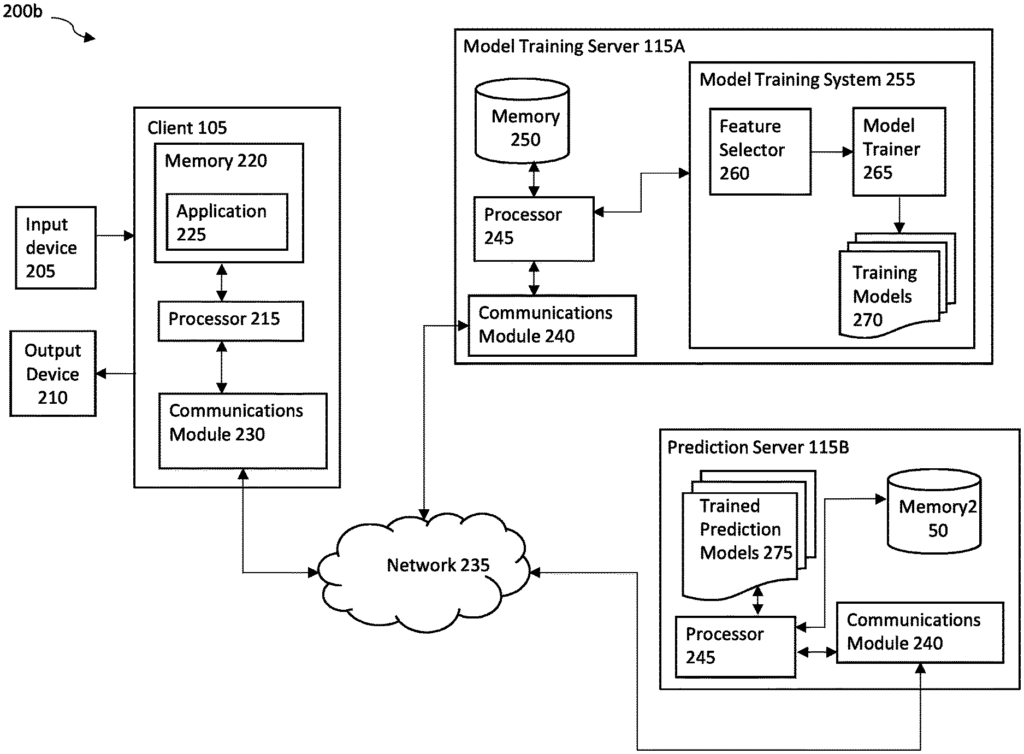
The Waygate Technologies USA LP invention works as follows
Systems, Methods, and an Computer-readable Medium are provided for the generation of natural language recommendations using an industrial language model. A first computing device transmits input data including a plurality natural language units to a secondary computing device. The second computing device is able to determine an output comprising a plurality natural language outputs by using a trained predictive model to produce the output that corresponds to an energy exploration vocabulary. The output can be provided to the first computing system for display by the second computing device.
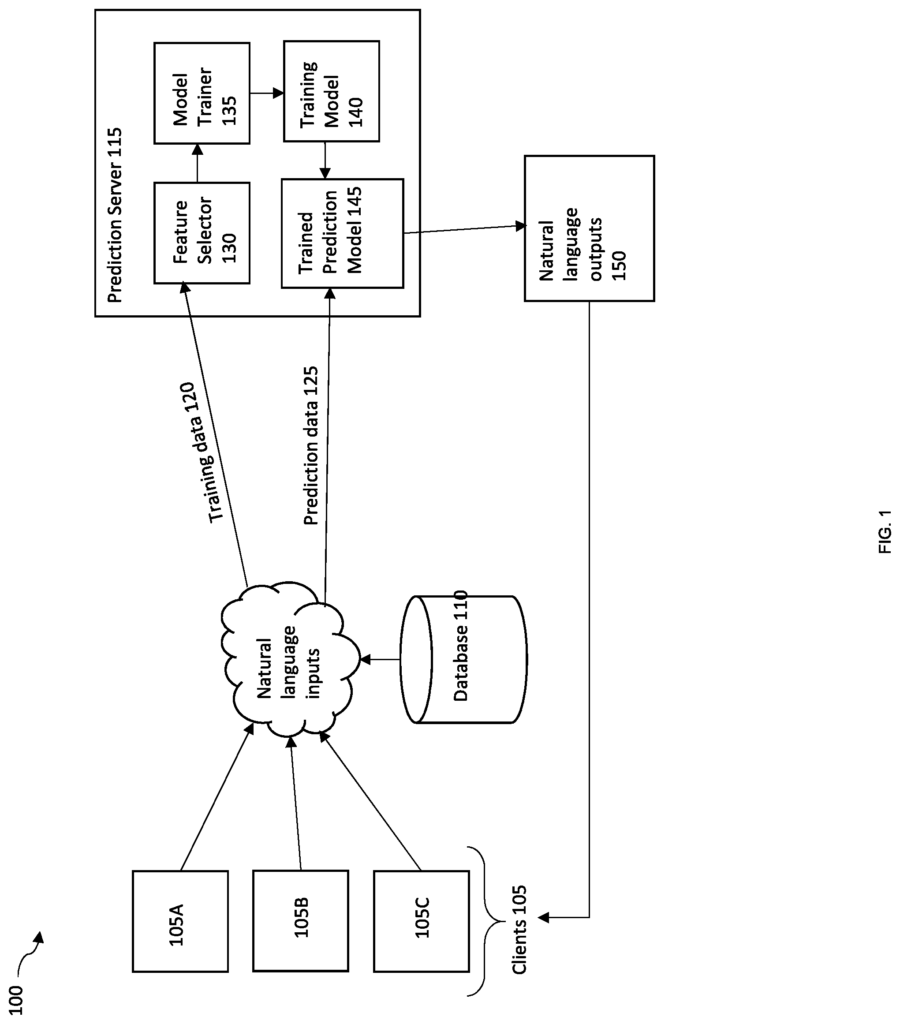
Background for Generating Natural Language Recommendations based on an Industrial Language Model
Natural language is a subset of natural language letters, words sentences, phrases, or combinations thereof, that humans use to describe topics, objects or tasks or environments. Domain-specific natural languages are a subset that includes natural language words, sentences and phrases used by humans in describing topics, objects, jobs or environments within a specific domain or industry.
Users providing inputs to applications that are domain-specific may not have a full understanding of the natural language used in those applications. The applications can provide outputs which are not contextually relevant to a specific input or task that the user is trying to complete, but weakly related to the inputs received. These limitations can reduce the quality of communication, task completion and knowledge transfer for users who interact with applications.
Machine learning is a form of artificial intelligence which automates the creation of analytical models by using algorithms to iteratively discover patterns in data without explicitly indicating the patterns. Machine learning can be used for pattern recognition, language processing, optical character recognition, and computer vision. It allows the creation of algorithms which accurately learn from data in order to make data-driven decisions or predictions. Machine learning can be used to create an industrial language model that generates domain-specific natural languages associated with a specific industry or domain.
In one aspect, methods are provided for generating recommendations in natural language based on a language model used by industry. In one embodiment, a method may include receiving input from a first computing system, which includes a data processor. The input can include a plurality natural language input units. The method may further comprise transmitting the input into a second computing system including a processor. Transmission is performed by the first computer over a network. The second computing device can determine an output as part of the method. The output is determined by the transmitted input, and a model that has been trained to recognize natural language input units, and then, in response, to this receiving, to generate an output corresponding with an energy exploration dictionary. The output includes a plurality natural language outputs predicted to match the input, and included in an energy exploration lexicon. The method may further comprise transmitting the output from the second computing device to the first computing system. “The transmission causes the first computing device display the output.
Nontransitory Computer Program Products” (i.e. physically embodied computers program products) that store instructions are also described. These instructions, when executed by an or more data processing systems of one or multiple computing systems, cause at least one processor to perform the operations in this document. Computer systems that include one or multiple data processors, and memory coupled with the data processors are also described. Memory can temporarily or permanently store the instructions that will cause one or more processors to perform any of the operations described in this document. One or more data processing systems can implement methods, either in a single computing environment or among multiple computing environments. These computing systems can be interconnected and exchange data, commands, or other instructions via one or multiple connections. Internet, wireless wide area networks, local area networks, wide area networks, wired networks, or similar), via a connection between multiple computing systems etc.
DESCRIPTION of Drawings
The following detailed description, taken together with the accompanying illustrations will help you better understand these and other features.
FIG. “FIG.
FIGS. “FIGS.
FIG. “FIG.
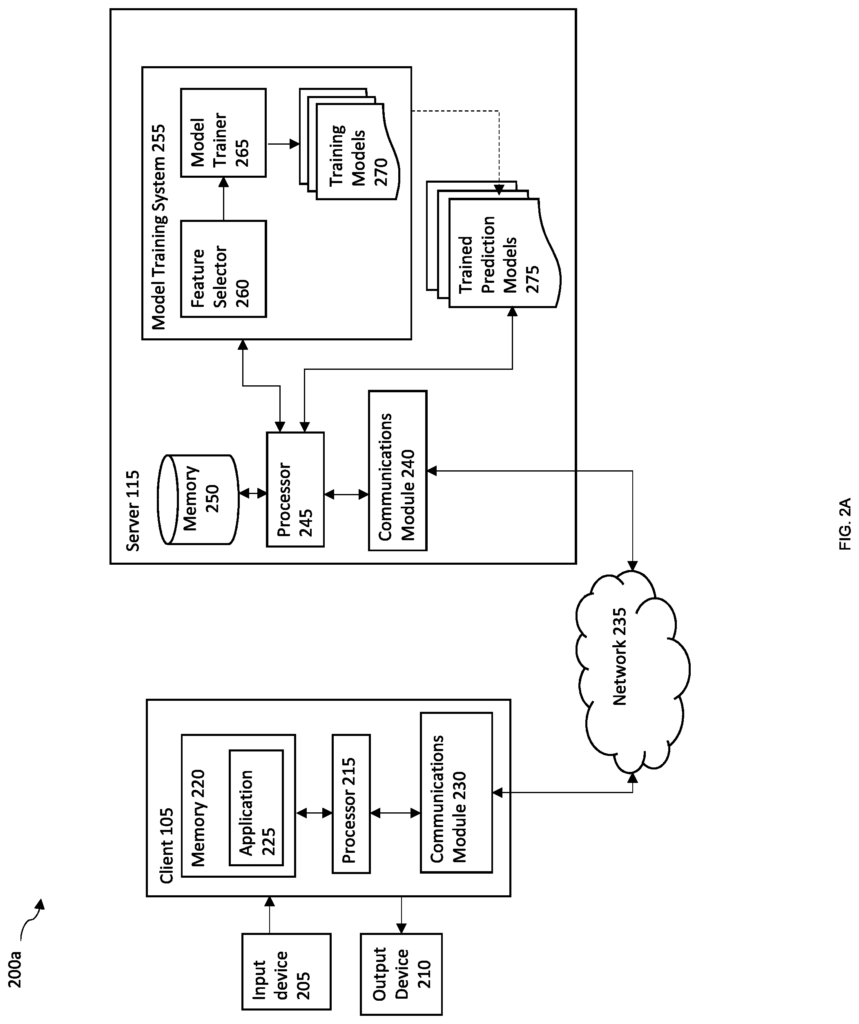
FIG. “FIG. 1; and
FIG. “FIG.
It is important to note that the drawings may not be scaled. The drawings are meant to show only typical aspects and should not be interpreted as limiting disclosure.
It is important for organizations to provide recommendations on domain-specific natural languages. This can help ensure that written and oral communications are accurate in terms of context, both with regard to the type of communication performed, as well as to the industry or domain where the organization operates. The use of domain-specific terms or phrases can improve the quality of materials and application outputs. This includes product documentation, marketing, training and other materials. Domain-specific languages may be needed for a later processing step or to complete an interim deliverable within a domain-specific work flow. This cannot be done without the domain-specific words and phrases provided by the user. Some users, particularly novice users with limited domain experience, may not be able to generate the required domain-specific languages.
New or nonexpert users of software applications that are domain-specific can also often lack awareness or knowledge about domain-specific natural languages to use when providing inputs into the applications. Experts in domain-specific fields often use natural language that’s contextually relevant for the industry or domain they work in. They can also provide inputs to applications using this domain-specific language. Non-expert users, however, may not know the full vocabulary of domain-specific language. They may use less appropriate domain specific natural language in their application inputs. This can lead to incorrect outputs and inefficient knowledge transfers. It can also require more processing and/or computer resources to produce outputs with domain-specific language that contextually relates to the inputs. A user may receive recommendations or outputs unrelated to a domain-specific task, or even a goal, when interacting with an automated recommendation agent or chat-bot. The user could stop interacting with an application or perform domain-specific objectives or tasks without enough domain-specific knowledge.
In the oil and energy exploration domain, domain-specific languages can be used to communicate between users or with computing devices. Engineers, technicians, geologists and petrophysicists are all possible users. Users may be asked to input information into a domain-specific engine that determines specifications for operating equipment. The user may enter words or phrases that are intended to be related to operating equipment in a domain, but may not contain the necessary domain language to allow the search engine process the inputs. The search engine can generate outputs that are incorrect or may not relate to the operating equipment. Such incorrect outputs may include incorrect or misleading information. For example, an incorrect specification of a piece operating equipment could be included in the product documentation or communicated in a workflow domain-specific. In some cases, inaccurate or misinformation-specific industry data can have minimal downstream consequences, like a typographical error in a manual. In some cases, inaccurate or less specific industry information can have catastrophic effects, such as if a part number or specification is incorrectly communicated in a mission-critical workflow.
The industrial language model may be configured to interact with domain-specific applications. This means that, upon receiving natural-language inputs from the applications, these inputs are transmitted to the model, which processes them to produce natural-language outputs, including words, sentences and phrases that are found in domain-specific lexicons, such as those associated with the oil, gas and energy exploration industries. In addition, the industrial language model can be configured to embed missing or new words, classify topics or categories within the inputs and generate text for the outputs.
Systems and methods that automatically determine and generate industry-specific recommendations based on inputs without industry-specific languages may reduce operating errors significantly when information is shared within an organization. A system using an industrial language model, for example, could reduce the computing resources required to process inaccurate inputs, and provide users with a more efficient way to communicate and acquire industry-specific suggestions, while also reducing the amount of computing power needed to process incorrect inputs. It would take substantial computing resources to “”without an improved recommendation system, as described herein.
The present invention provides a domain-specific natural-language recommendation system, including methods, systems, and computer-readable media for generating suggestions based on a language model of industrial use. The generated recommendations facilitate the dissemination of high quality, domain-specific data between members of an organisation and can enhance learning for users who interact with one or more applications. The recommendations could be generated as a result of user input given to the domain-specific application. Applications can be configured to include auto-suggestion, auto-correction and outputs including recommendations generated by the natural language recommendation system.
The domain-specific natural languages recommendation system is able to receive inputs from users through a range of interfaces on computing devices in a computing environment. The computing devices transmit the inputs. Once received, the inputs can be processed by a predictive machine-learning model to produce natural language outputs. These include words, words parts, characters, numbers or sequences of them that the model determined have a strong context and domain-specific relationship to the inputs. The outputs are then transmitted to the devices that received the inputs, where they can either be displayed or provided to the user.
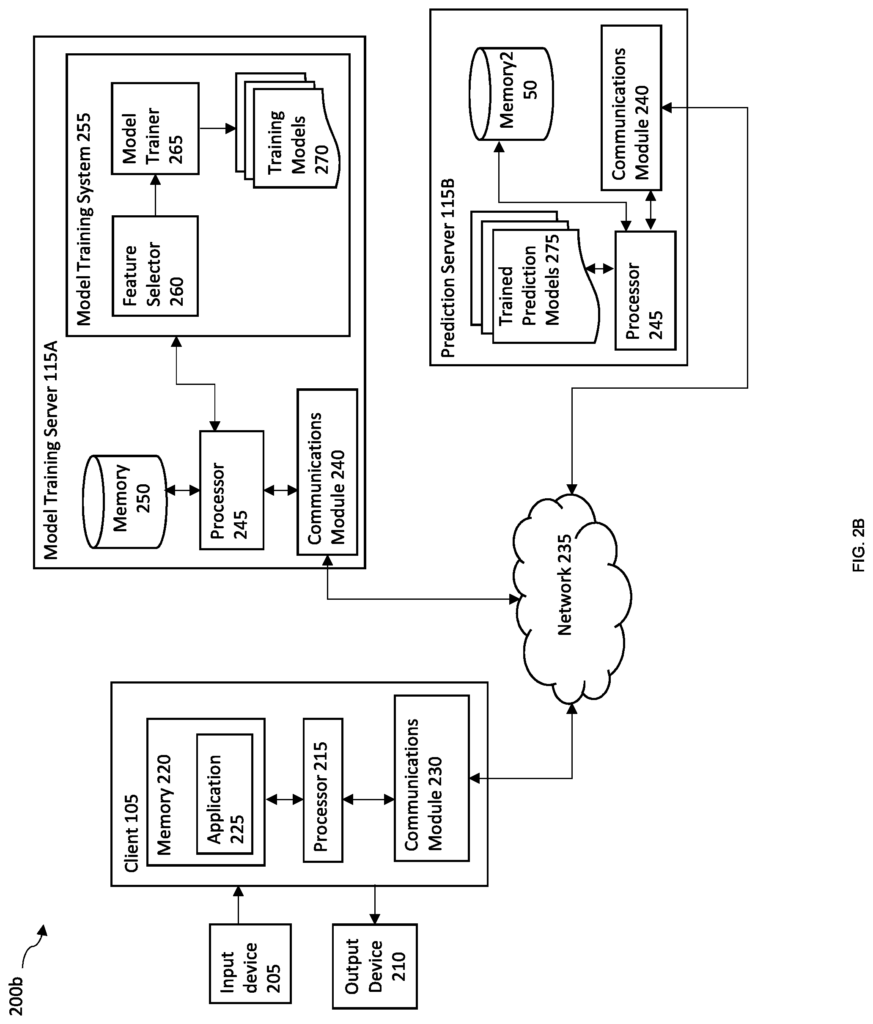
Users may receive domain-specific natural language outputs when providing natural language inputs for applications such as auto-suggestions, auto-corrections, translations, and interactive agents like chatbots. In addition to natural language inputs or independently, the domain-specific system can also be used for images. In such situations, the model can produce outputs in natural language that are annotated or tagged onto images. This allows a wide range of inputs to be used in order to produce domain-specific natural language outputs. Natural language outputs are a great way to improve communication between users, and can also be used within an organisation to disseminate information in a specific format. The natural language outputs also reduce inaccuracies or errors by generating outputs that contain domain-specific languages. These can then be used for automated report generation, document generation, and text generation. The improved recommendation system reduces human biases by automating repetitive and subjective text generation tasks. It also provides domain-specific information in a timely manner, allowing production and operations tasks to be completed more efficiently.
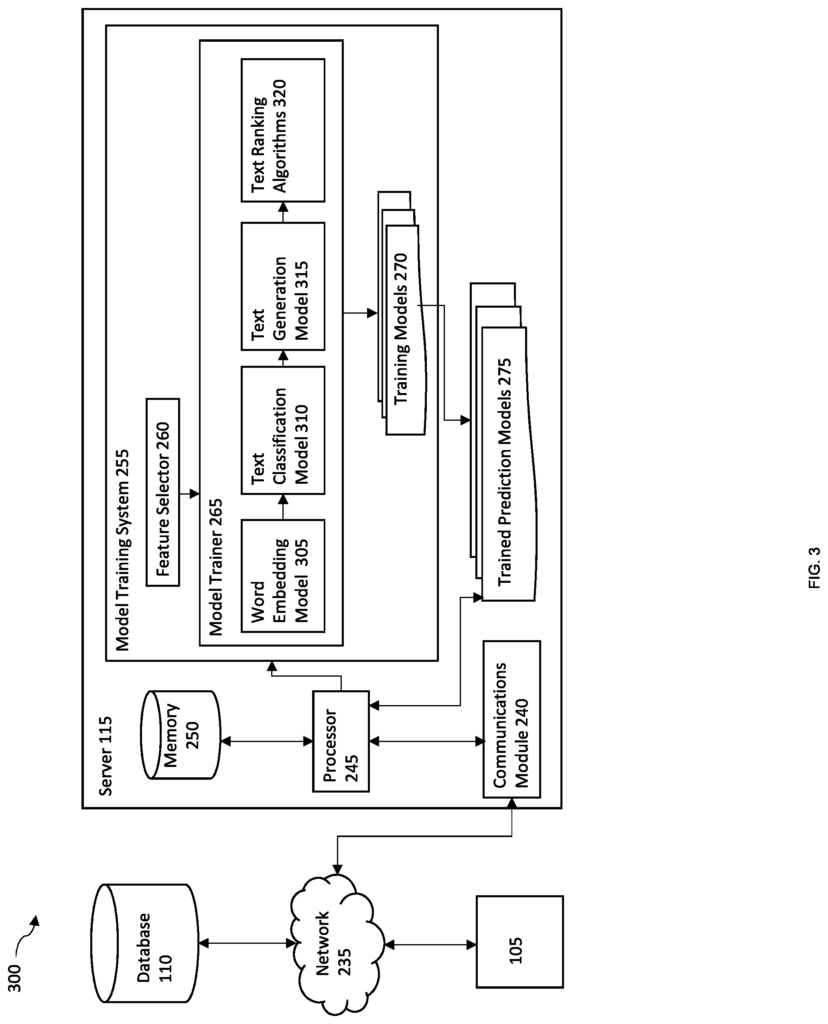
Click here to view the patent on Google Patents.
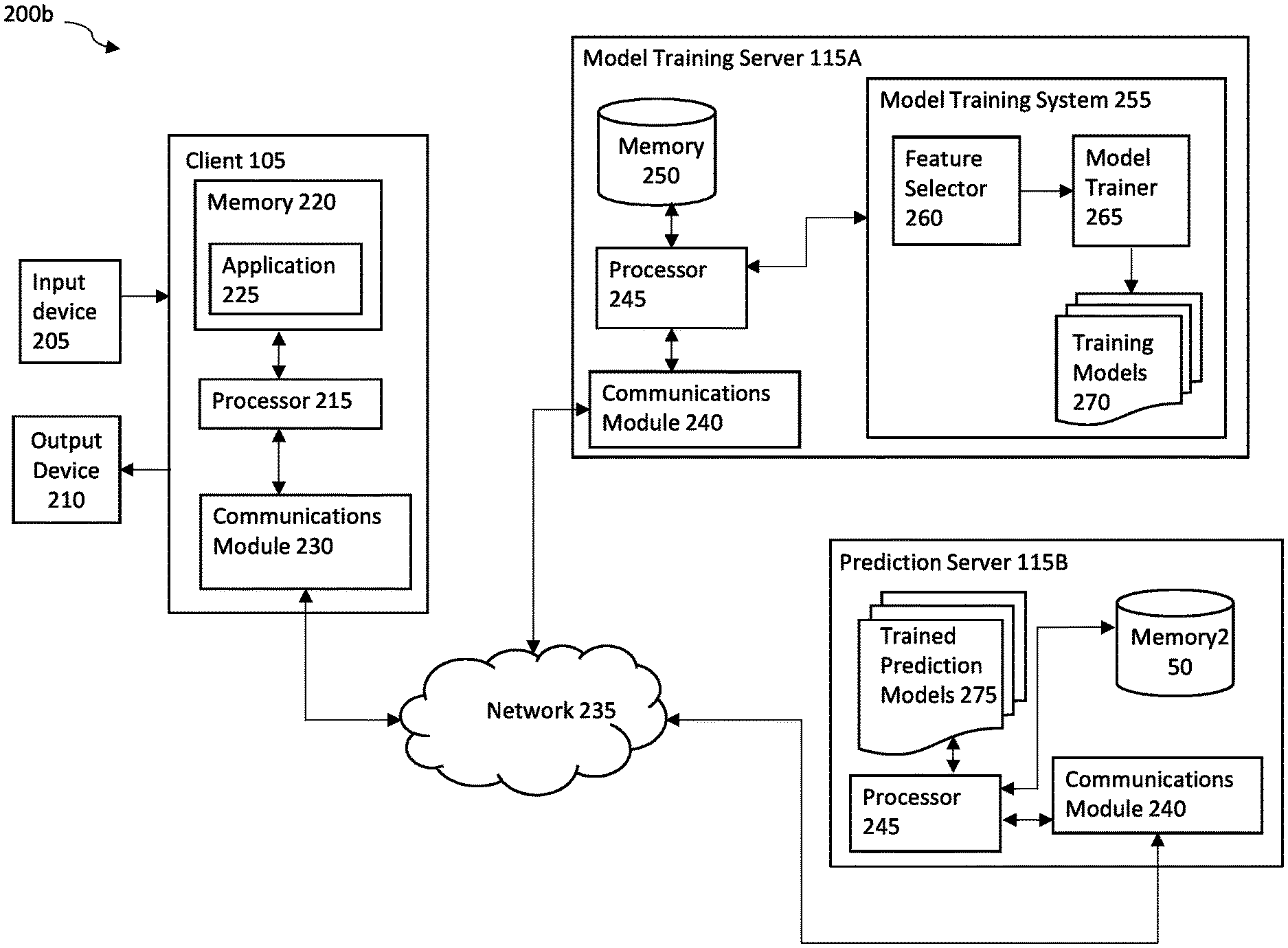
Leave a Reply